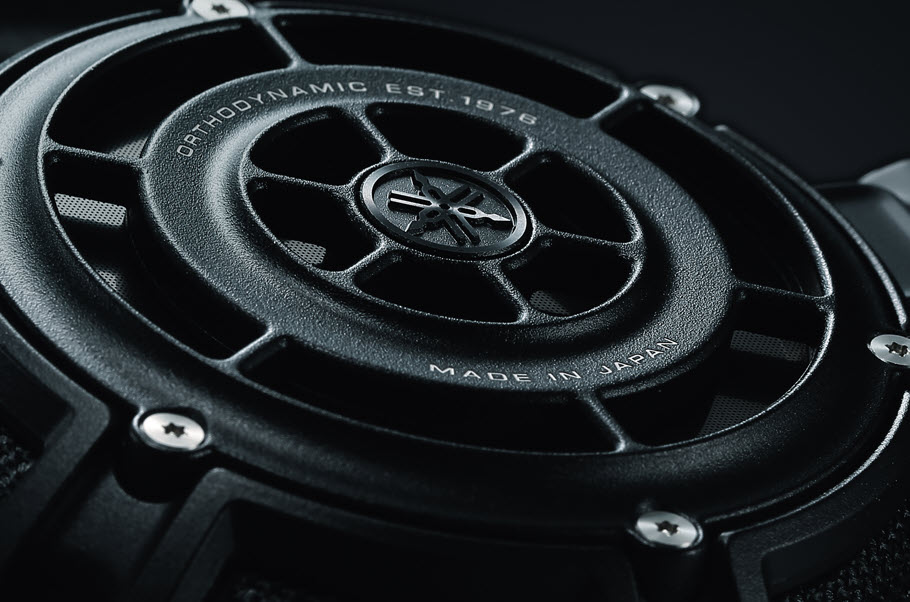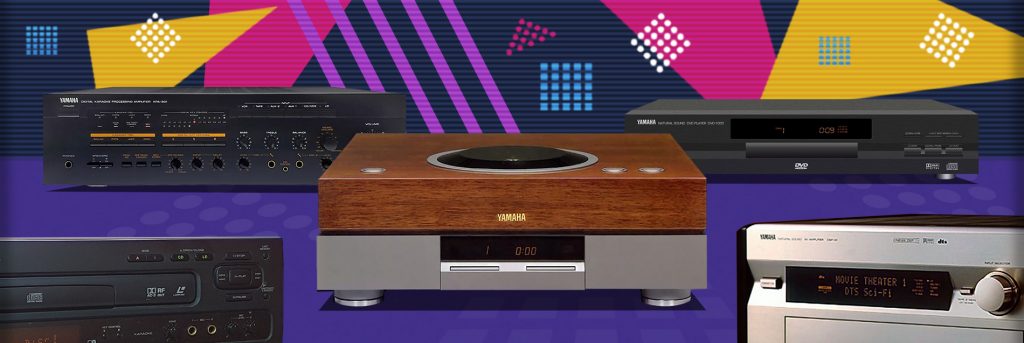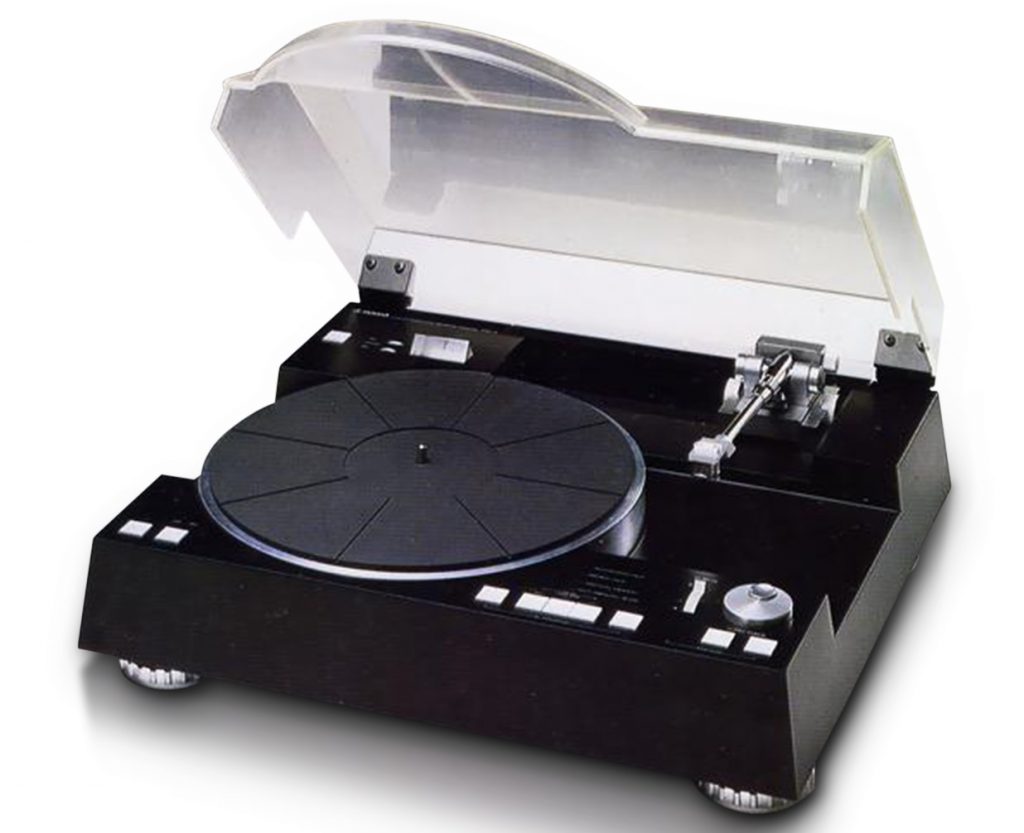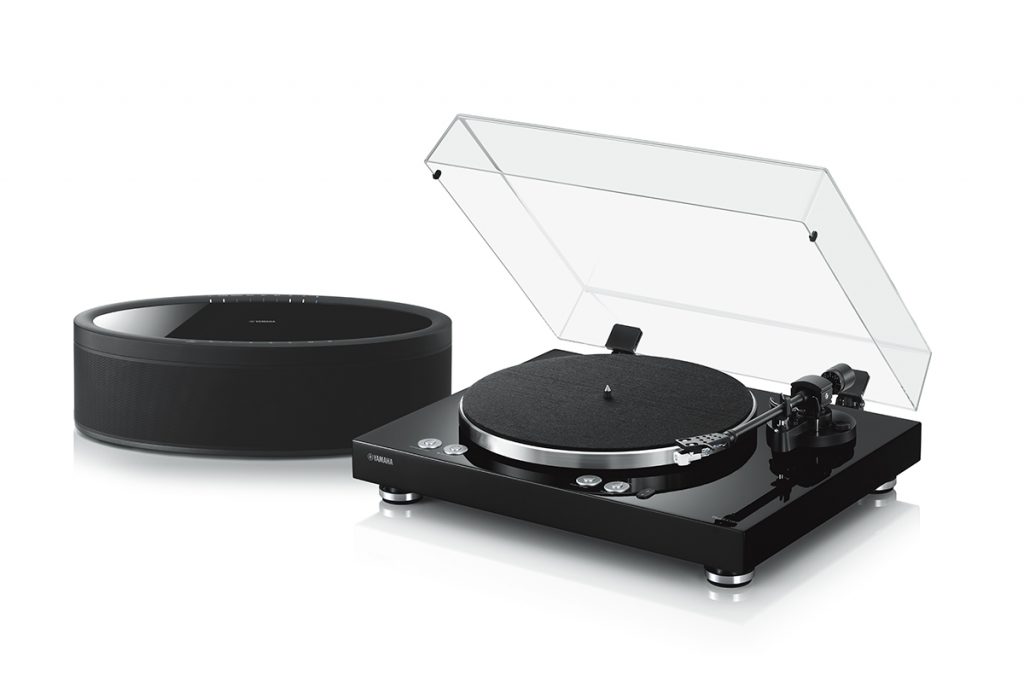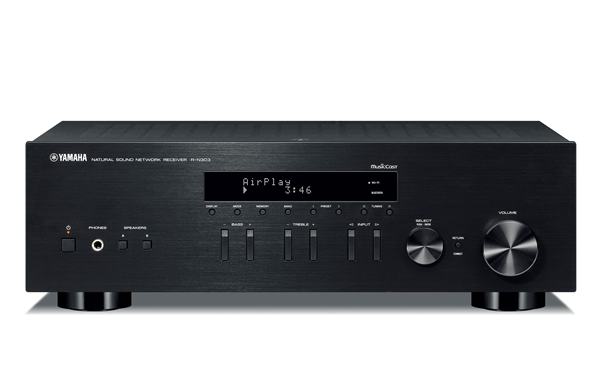Cult Classics, Part 1: Vintage Yamaha Gear of the 1970s
Travel back to the 1970s for a nostalgic trek through the best audio gear of the decade.
From bellbottoms, feathered hair and discos to eight track players, leisure suits and the pet rock, the 1970s left its mark as an unforgettable part of the 20th century’s pop culture zeitgeist. But the ’70s were also considered the golden age of Hi-Fi. Before home computing, mobile phones, CDs and digital audio, wide-screen TV, VCRs and the internet, if you had a little extra money to spend for home entertainment, pretty much your only choice was Hi-Fi audio gear. The focal point of many living rooms was the audio rack, and much pride was taken in how your audio system compared to that of your friends.
For Yamaha, this Hi-Fi boom was a great time to jump into the home audio arena in the U.S. Being known primarily as a musical instrument manufacturer, Yamaha wanted to offer products to complete the entire cycle of music creation, performance and ultimately playback — everything you need to enjoy music.
The U.S. Hi-Fi market was already filled with many established companies producing great products. Yamaha understood this and knew they had to make their first impressions stand out in order to be successful for the long run.
In this article, we’ll look at some of the many iconic Yamaha products from that decade and see how the company earned its reputation for quality Hi-Fi gear.
CA-1000 Integrated Amplifier (1973)
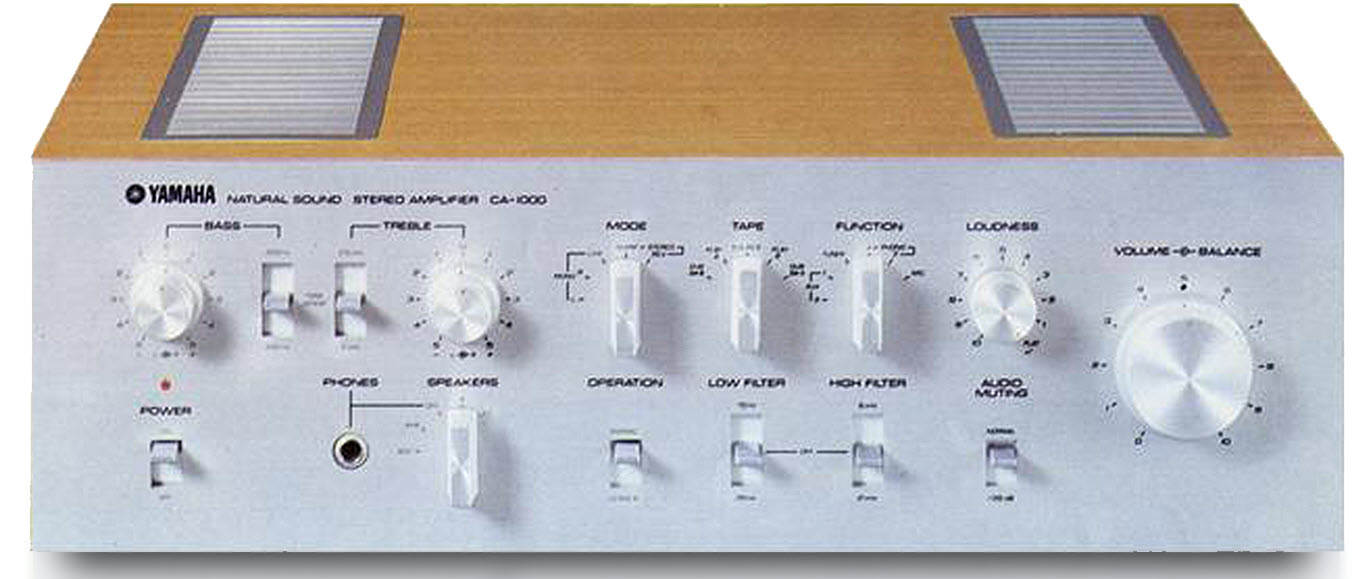
The CA-1000 integrated amp was the product that put Yamaha on the map. This beauty was loaded with cutting-edge features that included:
1. A Class A operation switch that changed the biasing of the output stage. When in class A mode, the amp’s output power was rated at 10W. Although the power is lower, enthusiasts appreciated having this audiophile capability. For high-power-needs, all users had to do was to flip the switch to A/B mode.
2. A continuous variable loudness control, which was much more flexible than the industry’s common “loudness” on-off switch. Continuously variable loudness remains a popular feature in Yamaha products today, almost 50 years since its introduction.
3. Flexible input and output connectivity, which are the big reasons for choosing an integrated amplifier. The CA-1000 had two phono inputs and selectable MC or MM phono preamps. In addition, tape recording was very popular in the 1970s, so there were connections for two tape decks as well as left and right microphone inputs with specialized high-performance preamp stages.
4. Three sets of speaker terminals, allowing the user to select between individual speaker pairs or combine the 2nd or 3rd pairs with the main speakers for additional sound output.
B-1/C-1 Components (1974)
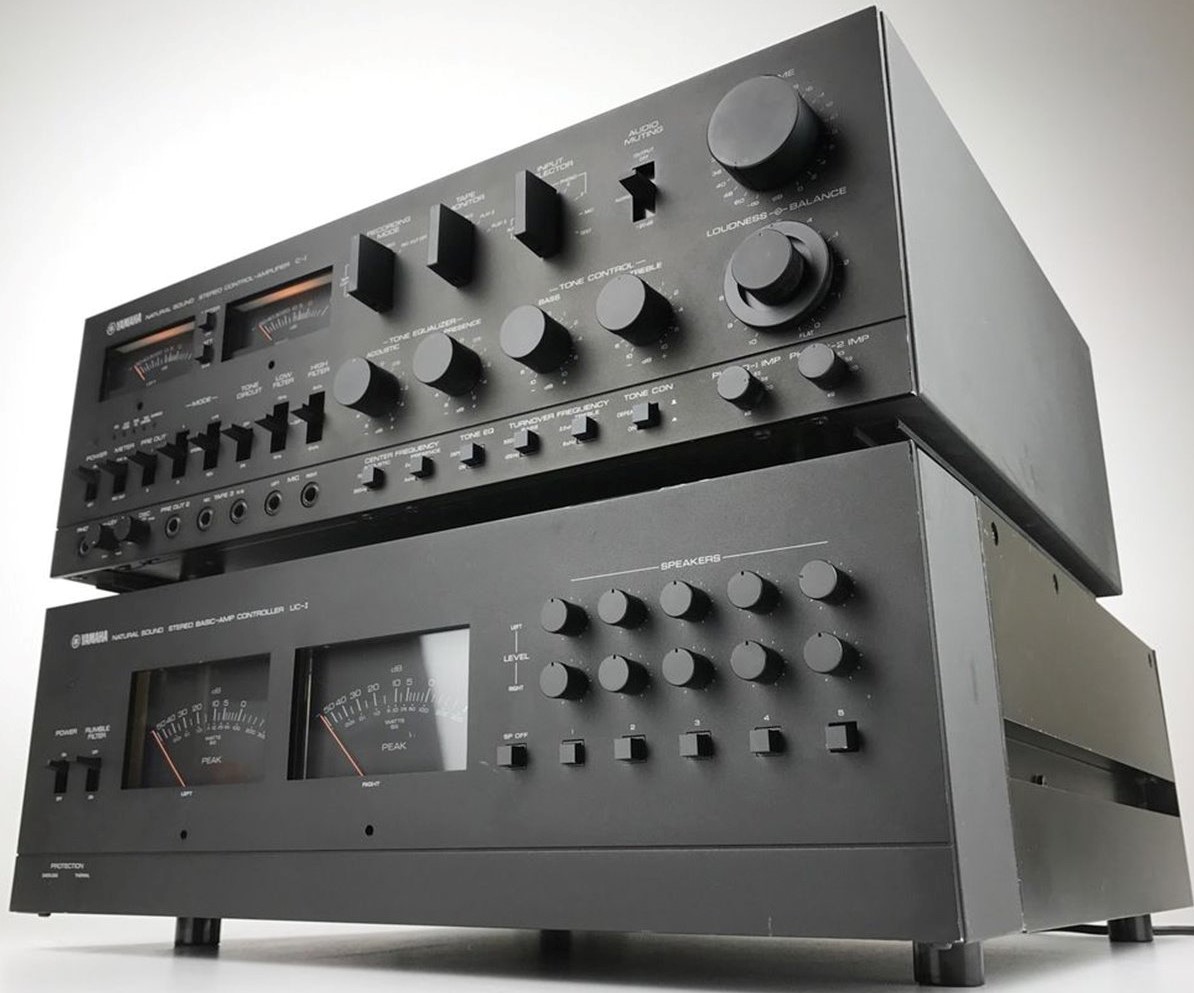
In order to be considered a legitimate player in the Hi-Fi market, Yamaha had to appeal to the separate component enthusiast. The B-1 basic amplifier and the C-1 control amplifier were up to the task. Instead of buying off-the-shelf components to build these, Yamaha went all-in. The B-1 used a proprietary Yamaha SIT Vertical Field effect transistor (V-FET), the first commercial application of this type of semiconductor. The V-FET sound characteristics closely matched that of the triode vacuum tube, with all its sonic warmth and musicality.
While the B-1 was the star of this stack of separates, the C-1 was a worthy companion with a multitude of audio innovations. For one thing, its all-FET signal path was the perfect sonic match for the B-1. What’s more, the impressive-looking front panel, with its comprehensive array of controls, gave the hobbyist bragging rights over their fellow audiophiles. Besides the great sound, who wouldn’t want all these buttons and controls at your fingertips?
There was also a third member of this family — the rarer UC-1 optional meter and speaker switching unit that could be attached to the front of the B-1 or set on a special wood tabletop stand with a special connection cable. The ability to switch between five different speaker systems, all with volume trim settings, made this unit popular with Hi-Fi dealers to help the customer audition and select the right pair of speakers to complete their system.
NS-1000M Speakers (1974)
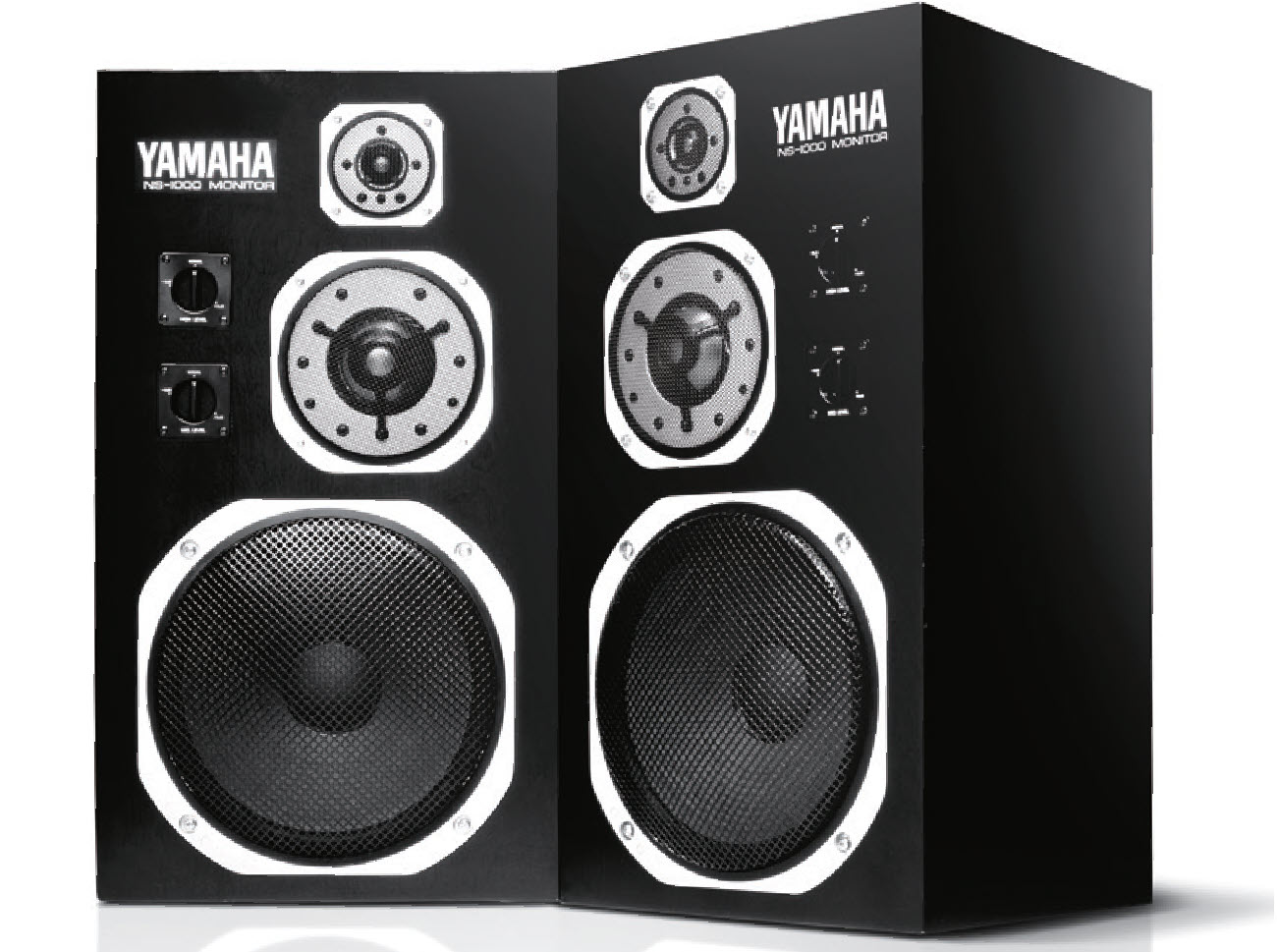
Even if you only have a casual awareness of vintage Yamaha equipment, NS-1000M speakers should be familiar to you. These speakers are famous for their use of pure beryllium dome mid-range drivers and tweeters. Due to its physical properties of light weight, high rigidity and propagation velocity, beryllium was theorized to be an excellent material for speakers. Unfortunately, the brittle nature of the metal made it not commercially viable for manufacturing. Yamaha developed a unique vacuum deposition molding process that produced a diaphragm from 99.99% pure beryllium plasma. The NS-1000M continued in the Yamaha line-up through the late 1980s and they still have a strong following today.
CT-7000 FM Tuner (1975)

Building a legacy of world-class audio products requires designing products for all listening platforms. Yamaha engineers were determined to create something special with the CT-7000 FM tuner. Remember, there was no internet, no streaming services and no compact discs yet, so the available sources of the era had to be maximized for performance. Today, the CT-7000 is considered one of the finest FM tuners ever.
Notable features included:
1. Touch-sensitive Auto Fine Tuning. When the user touched the tuning knob, the AFC (Automatic Frequency Control) was disabled, allowing for manual tuning to the desired station. Upon releasing the knob, the AFC circuitry would automatically engage to keep the tuner centered on the station’s frequency. This was pretty advanced stuff at the time!
2. A multi-path signal output on the back panel that could be connected to an oscilloscope to get the user’s directional antenna positioned precisely toward the broadcasting station for the best possible sound. If you didn’t have an oscilloscope handy, there was a meter switch that changed the signal strength meter to a multi-path indicator. Not as cool as the oscilloscope but very effective nonetheless.
3. A forward-thinking IF (Intermediate Frequency) output on the back panel. This is where you could connect a Quadraphonic decoder for 4-channel listening. This technology never really made it past the experimental stage and into prime time, but if it did, the CT-7000 was ready.
4. The inside was even more impressive than all the specs put together. Besides having a first-ever seven-stage gang tuning capacitor, every stage of the FM signal path was individually shielded from all the other stages with stainless steel covers.
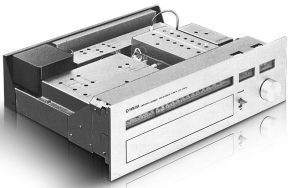
TC-800GL Cassette Deck (1976)
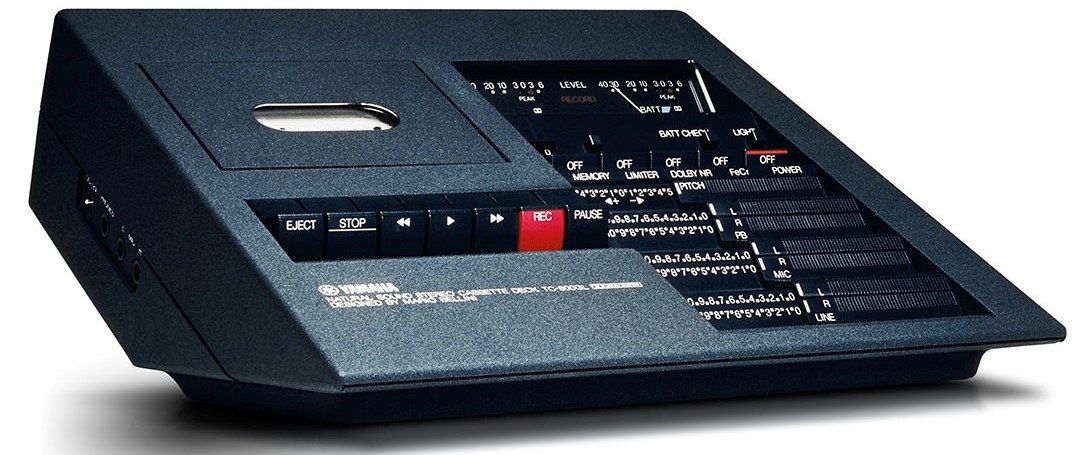
This mid-1970s cassette deck was noteworthy on several levels. The most obvious is the look of the unit itself. Yamaha teamed up with renowned Italian architect/designer Mario Bellini for this radical departure from the more common top-loading decks of the day, which also put the impressive array of controls at an angle for better visibility and usability. Thanks to its looks, the TC-800GL served as the focal point of many home audio systems, but underneath the edge-cutting design was a high-performance recording machine. This deck was often used for recording live events because of its left and right microphone inputs and the ability to run on nine C-cell batteries, providing two hours of recording time (there were no lithium batteries back then). It’s a good thing it ran on AC as well!
YP-800/1000 Turntable (1976)
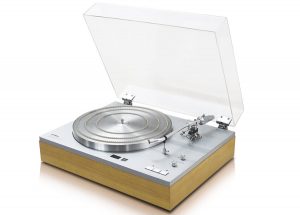
This full-featured direct-drive turntable is still highly collectable today. To maintain a stylish, clean look, the integrated strobe light was mounted under a flush-mounted glass window, revealing a mirror for viewing the strobe marks etched underneath the platter. What’s more, an onboard bubble level made it easy to dial in the adjustable feet for perfect leveling.
A powerful 12-pole brushless DC-Servo direct-drive motor provided precise speed control, and there were separate speed trims for 33 and 45 RPM (revolutions per minute) play. The static balanced S-type tone tonearm was selected for the lowest possible tracing distortion. There was even an ultra-smooth oil-damped cueing mechanism, which provided an elegant feel when dropping the needle onto vinyl.
HP-1 Headphones (1976)
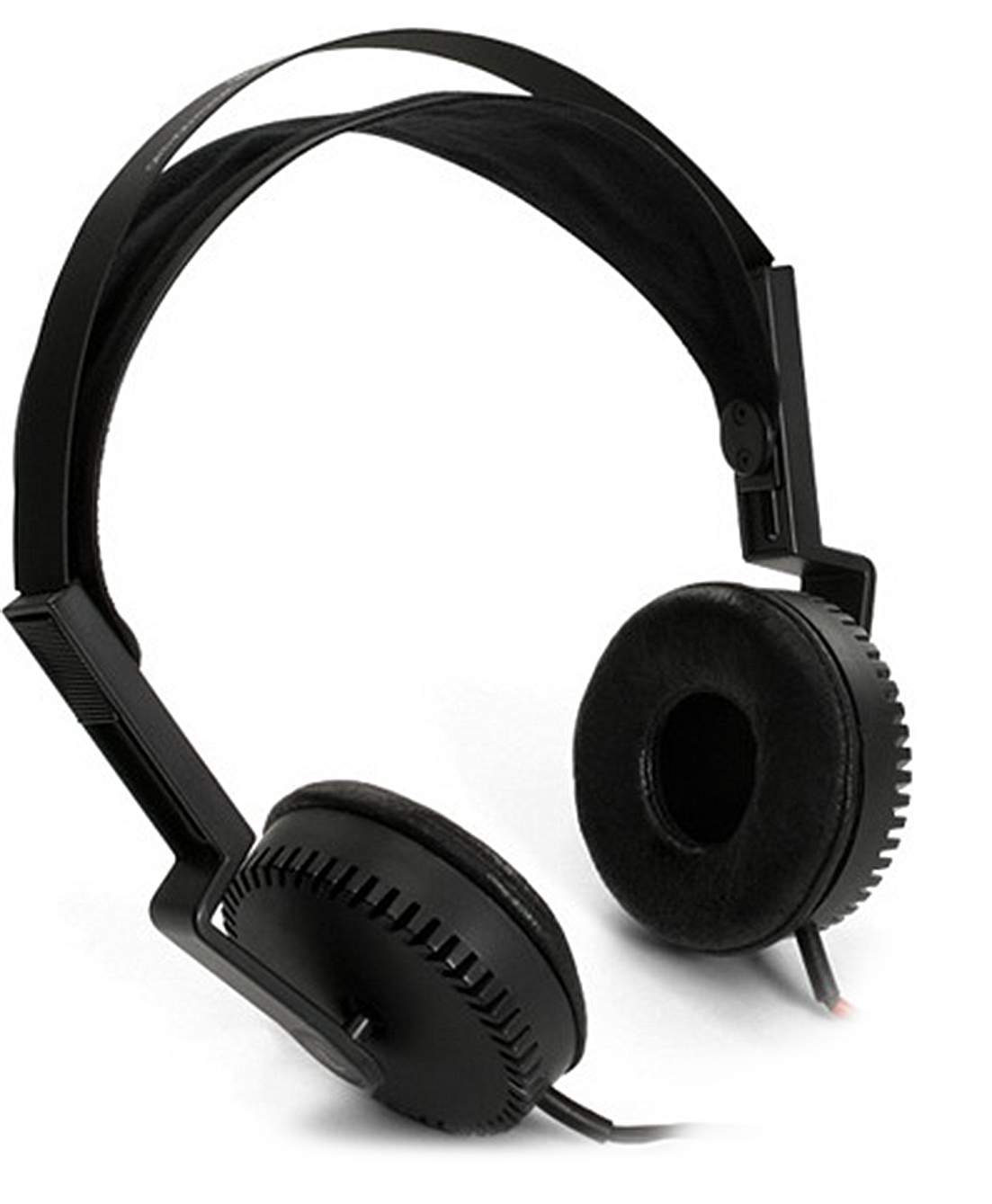
The HP-1 represented the company’s first entry into the headphone market. Like many Yamaha audio products introduced in the U.S. in the 1970s, these had many unique features. The creative skills of Mario Bellini were once again tapped to design the look and feel of these headphones. Their open headband and fabric head strap made them light and comfortable, good for hours of non-stop listening. It’s a good thing, too, because the sound from the orthodynamic diaphragms (known today as planar magnetic diaphragms) was extraordinary. Yamaha engineers developed a manufacturing method to sandwich a very thin polyester diaphragm imbedded with a thin copper conductor in-between two specially designed magnet structures. Similar in concept to the electrostatic speakers being experimented with at the time, the sound was open, full range and very musical.
CR-2020 Stereo Receiver (1977)
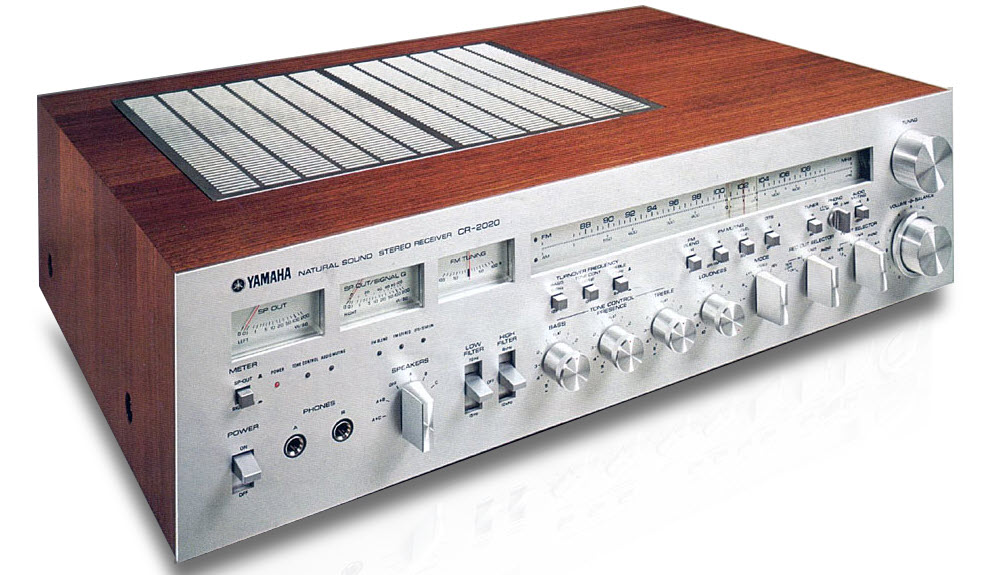
Just a few short years after entering the U.S. Hi-Fi market, Yamaha upped their game with the introduction of this still highly-prized second-generation stereo receiver. Building on the success of the CA-1000 integrated amplifier (see above), the CR-2020 added three meters — one of them a multi-function display. With a button press, the second meter switched to a FM signal Q meter for fine tuning. After tuning in the station, the user would press the button again and the meter would resume indicating amplifier power. Different from the more commonly seen signal strength meters of the day, “Q” displayed the measured noise of the intermediate frequency (IF) stage in the tuner circuit before the FM signal was converted to audio. While signal strength and quality are not necessarily interchangeable, Yamaha focused on quality, which is a better method for receiving the best possible audio performance.
NS-10M Speakers (1978)
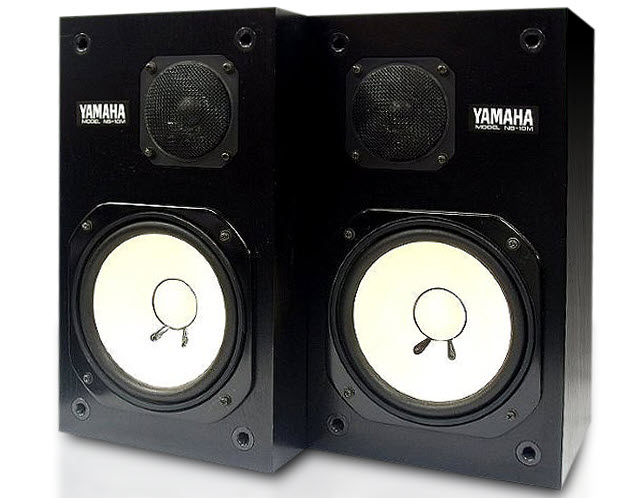
Expanding on the growing reputation of the NS-1000M, the NS-10M began its legacy as an affordable monitor-style speaker that any audio enthusiast could afford to own. Built primarily for home use, its sonic qualities quickly became desired by recording studios and permeated the recording industry. More than four decades later, NS-10Ms, with their recognizable white spruce cones, are still a common sight in recording studios around the world, and in recognition of their popularity, Yamaha received a Technical Grammy Award in 2007 for outstanding technical significance to the recording field. Although the company ceased manufacturing the NS-10M in 2001, there is still a vibrant second-hand market and a dedicated fan base for these humble little speakers.
There’s More to Come!
In the 1970s, Yamaha laid an impressive foundation for success in the U.S. Hi-Fi market with a wide range of products marked by innovation, usability, reliability and, of course, sound quality. Many of those early products are considered classics and are considered must-haves for collectors of vintage audio equipment from the golden age of Hi-Fi.
But it was only the beginning. Technologies will always evolve, and Yamaha intends to remain a vital part of the Hi-Fi community well into the future. Who knows? Maybe in 40 or 50 years we’ll be talking about a few models in today’s current lineup.
Check out these related blog articles:
Cult Classics, Part 2: Vintage Yamaha Gear of the 1980s
Cult Classics, Part 3: Vintage Yamaha Gear of the 1990s
What is an Integrated Amplifier?
Click here for more information about Yamaha Hi-Fi components.
Click here for more information about Yamaha speakers.










